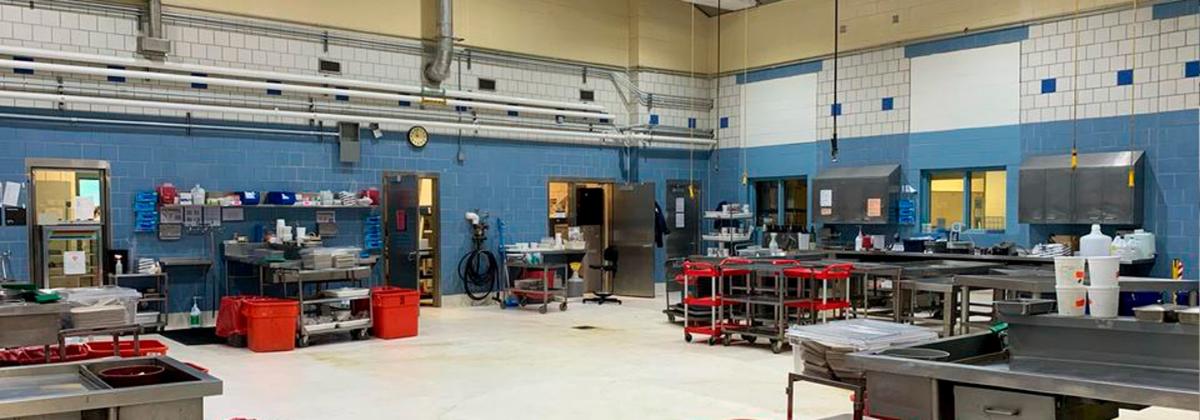
What we do
The Necropsy section performs post mortem examinations on production animals (porcine, bovine, ovine, etc.), companion animals (dogs, cats, horses, camelids, etc.), poultry, zoo/exotics, wildlife and fish to determine the cause of illness and/or death. The section also evaluates tissue samples and other specimen types submitted to the laboratory for diagnostic evaluation. The necropsy section works with the other laboratory sections at the VDL in cases where additional testing is needed, helping owners and veterinarians determine underlying causes and contributing factors to animal illness and death.
General information

Whenever possible, submission of the entire animal is preferred. Under ideal circumstances, the animal should be submitted as soon as possible after death. If a period of time must elapse prior to submission, the animal should be kept cold, but not frozen. Freezing produces artifacts that make interpretation difficult. Please include a complete clinical history with all submissions. It is most helpful when the attending veterinarian writes the history.
Herd (cattle, sheep, pigs and goats) health problems
In cases involving a herd problem, the best specimens for submission are live, acutely affected, untreated animals. When submission of a live animal is not possible, the second best submission would be samples obtained by the submitting veterinarian at the time of field necropsy. Prior to euthanasia, collect blood in red top and purple top tubes. Perform a complete postmortem examination and submit appropriate specimens and a complete history. It is important that the veterinarian select which animals to submit when there is a herd problem.